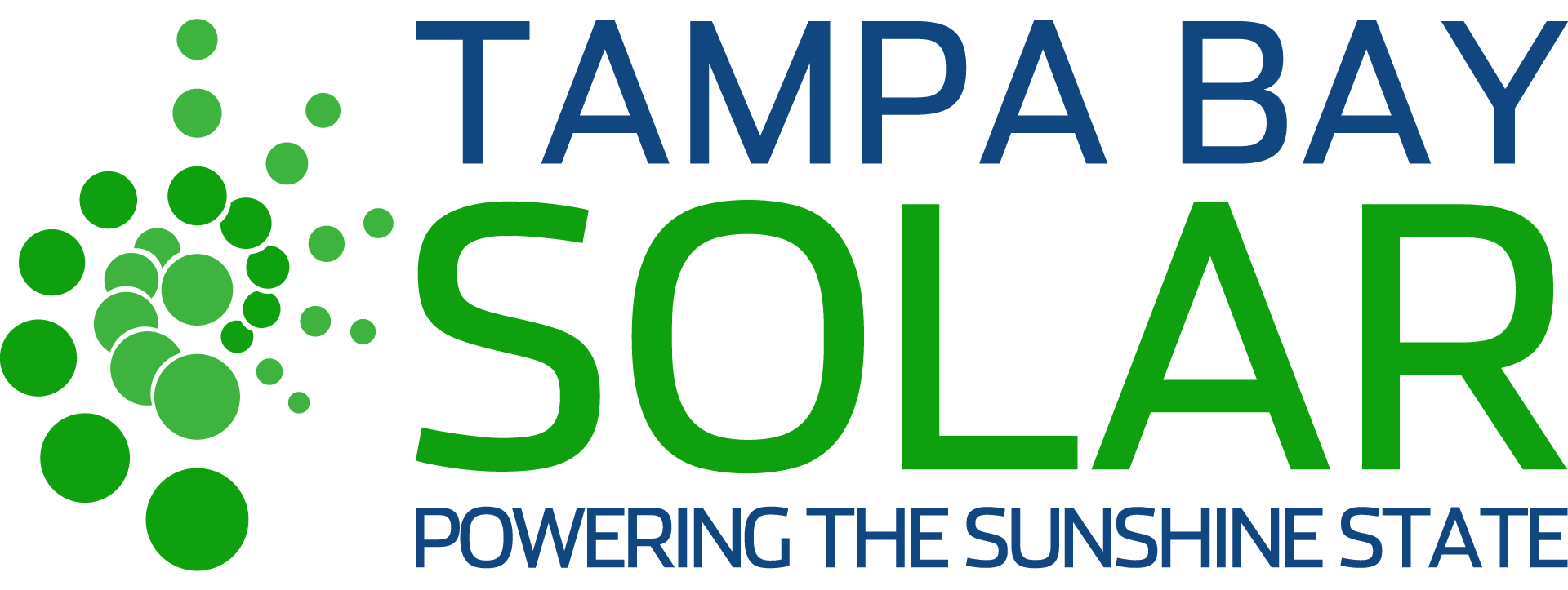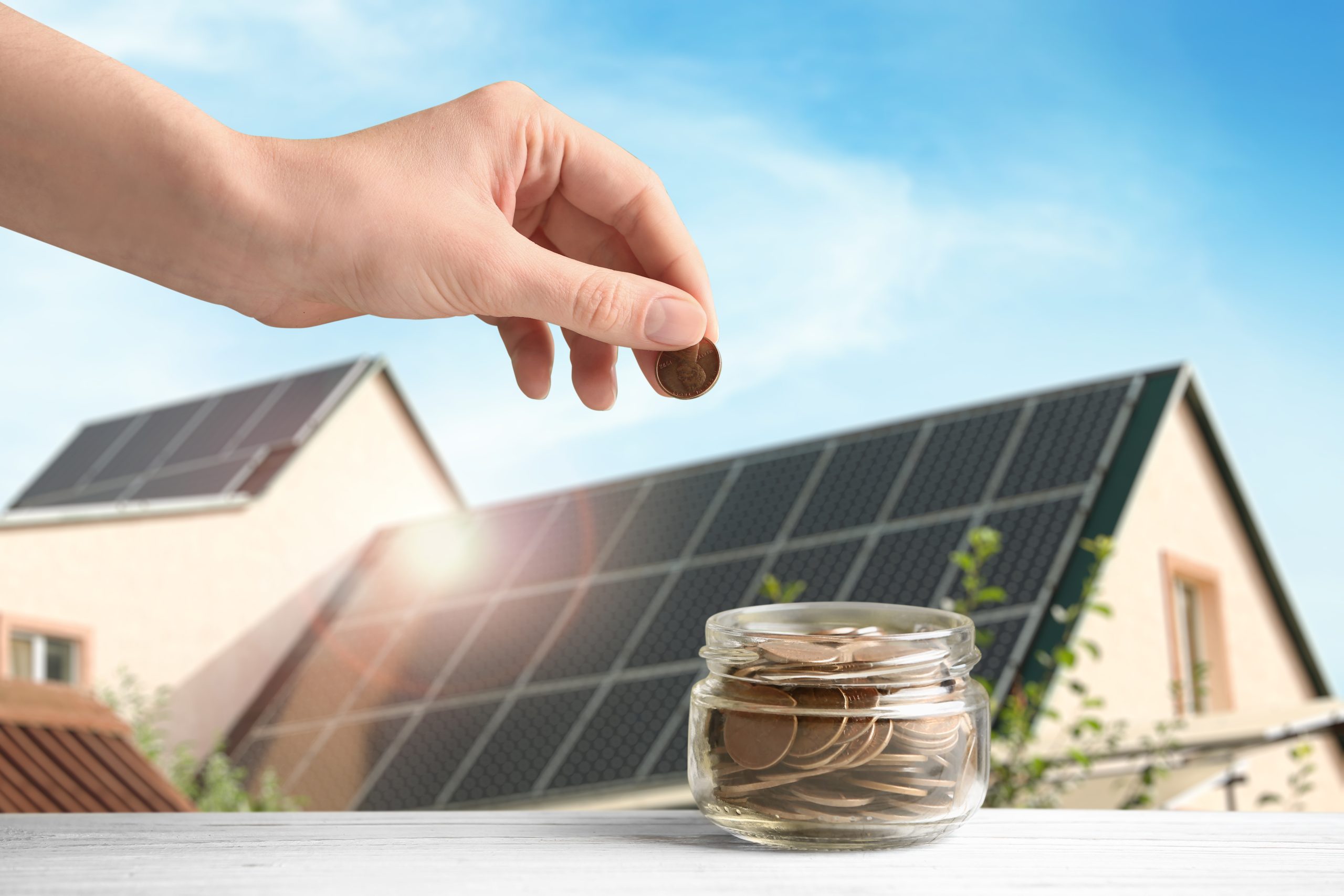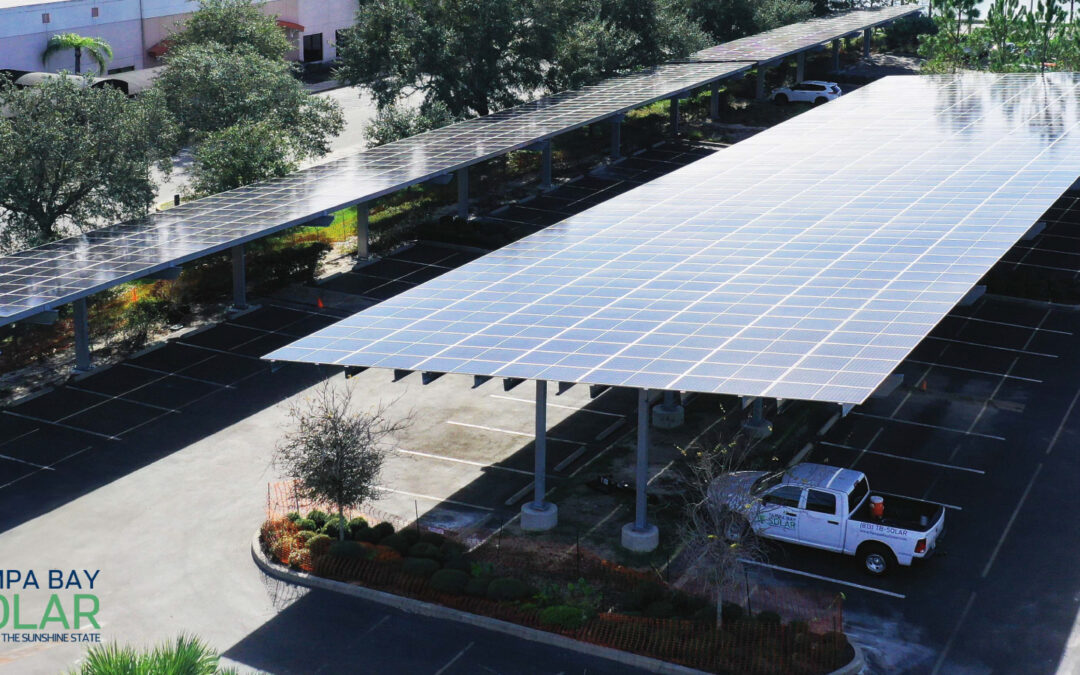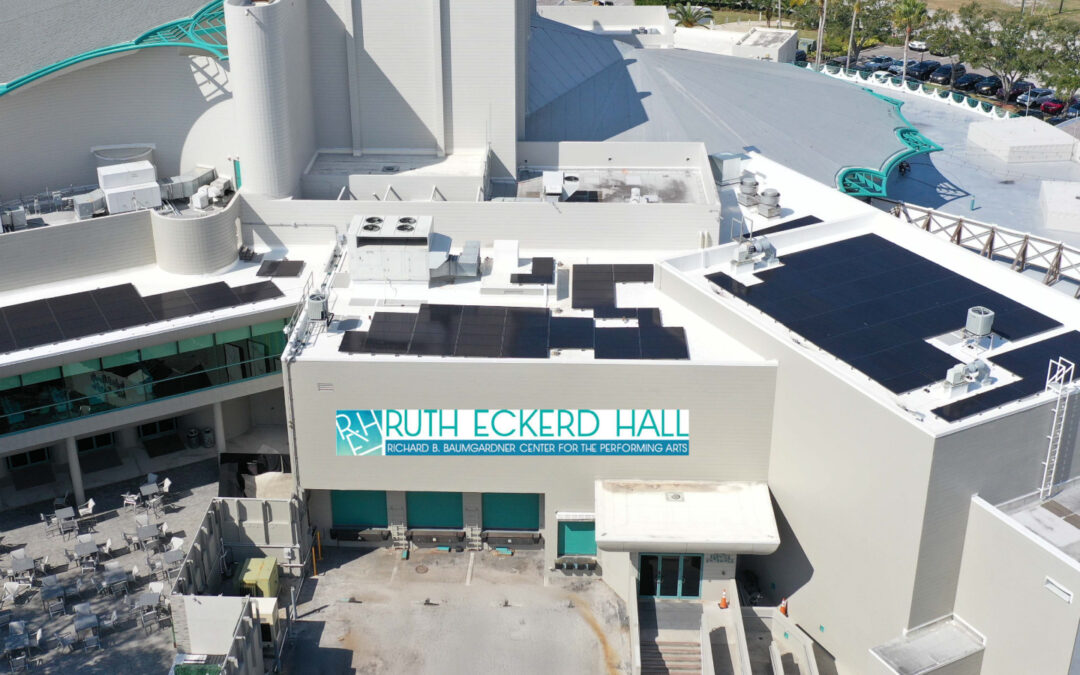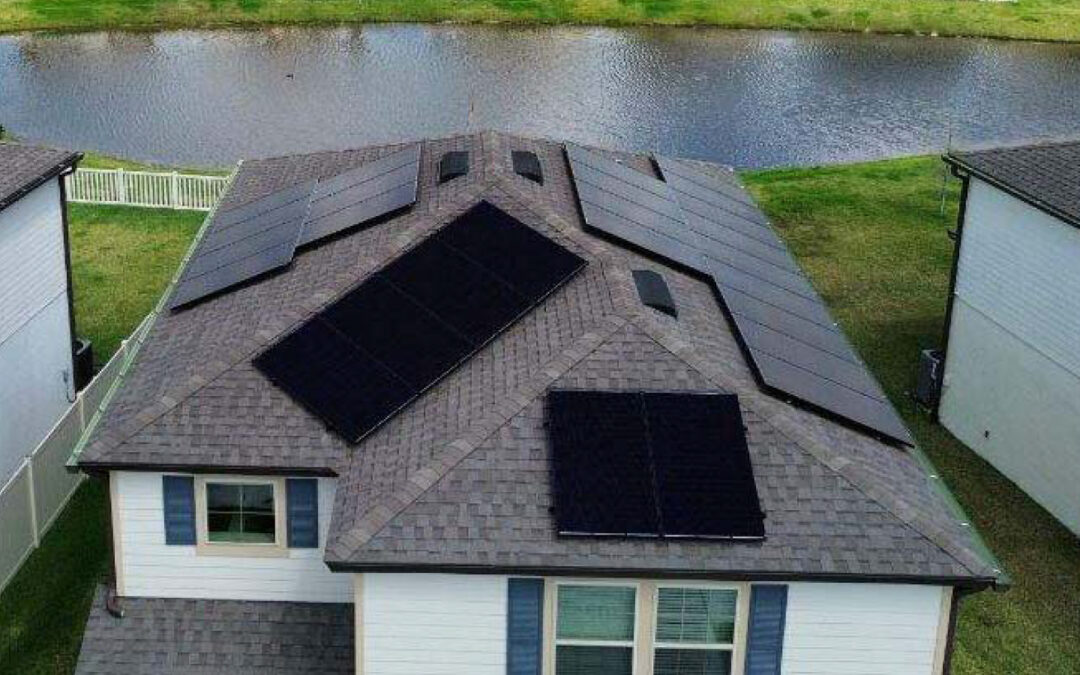Payback period for solar panels : Homeowners and business owners can cut electricity costs and avoid utility rate hikes by using self-produced solar power generated from solar panels. If you’re shopping for solar, there’s one metric that can help you determine just how much solar panels can save you and how quickly you’ll break even on your investment: the solar panel payback period, or the solar payback period.
What Is a Solar Panel Payback Period?
The solar panel payback period is the amount of time it takes for energy savings to equal the cost of a solar installation. In other words, it’s the length of time required before your solar system has “paid for itself” and begins generating profits or additional savings from then on.
By comparing your solar payback period for various installers you’re considering, you can find the option that makes the most sense to you. It’s a generally simple calculation, but various factors can impact the length of this period.
What’s the Average Solar Payback Period?
For residential and commercial solar applicants, the average payback period is between 5 and 9 years. However, this range can vary significantly based on location, system size, electricity costs, and more. And, of course, any additional incentives or rebates you may be eligible for can drastically reduce your cost – and thus the time required to hit your payback point.
What Impacts the Solar Payback Period?
Your solar installation’s payback period is greatly impacted by the following factors:
- System size and total cost: A larger system will cost more to install. However, it may also be able to generate enough energy and savings to offset its larger price tag in less time.
- Solar tax credits and rebate programs: Some states and local governments offer rebates, grants, and other incentives for solar owners that can greatly reduce the cost of going solar and help you reach the break-even point sooner.
- Electricity costs and use: The higher your electricity bills are prior to installing solar –whether due to high costs in your area or high personal use – the shorter your payback period will be.
- Solar panel efficiency: The solar panels’ performance can greatly impact how quickly you reach your break-even point. More efficient solar arrays generate more energy per watt of installed capacity, reducing the time required to reach your break-even point.
How to Calculate Your Solar Power Payback Period
Calculating your solar panel payback period is fairly straightforward. You’ll divide the net cost of going solar by your annual energy savings to determine how long it will take to pay back your initial solar costs.
Solar payback period = net costs of going solar / annual energy savings
First, determine the net cost of going solar. This is whatever amount you’ll be paying for the installation. Then, subtract the value of up-front incentives, such as the 30% federal tax credit, from this total to determine the net initial cost.
Then, find out how much electricity you use in a year to determine your annual energy savings. To do this, add up a year’s worth of electricity bills or use a sample month’s bill to estimate it.
Finally, plug these two figures into your equation to determine the solar payback period.
If the figure looks a bit longer than you anticipated, it’s because inflation wasn’t taken into account in this simplified equation. Electricity prices have risen at an average annual rate of 3.5%, so factoring that in will shorten the payback period for solar panels.
Final Thoughts
Knowing the solar panel payback period can help you determine how long it will take to break even on your investment and start reaping the benefits of clean, self-produced energy. It also helps you shop by calculating and comparing the payback period for multiple installers to get the best deal. However, this isn’t the only factor that should be taken into account when shopping for solar. Consider factors like system performance, warranties, customer service ratings and online reviews to ensure you get the best solar experience.
Tampa Bay Solar has a nearly five-star rating on Google reviews and is dedicated to providing the highest quality products and the best customer experience. If you’re ready to go solar and are interested in calculating the solar payback period for your installation with Tampa Bay Solar, reach out to get started.
